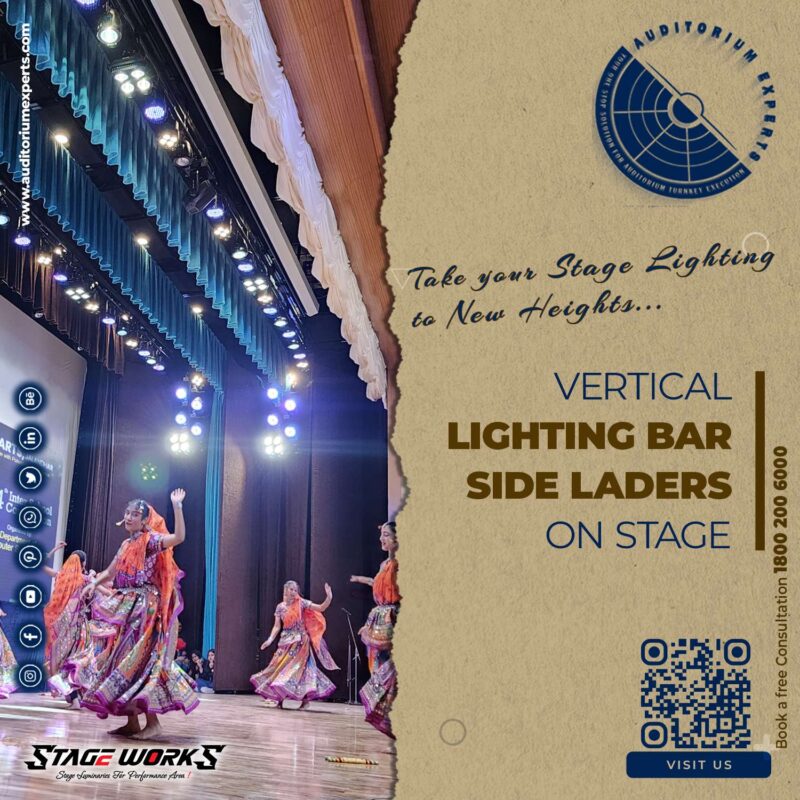## Auditorium Design: The Intersection of Art & Acoustics
The Symphony of Sound and Sight
Designing an auditorium is a complex undertaking, a delicate dance between artistic vision and scientific precision. It’s not simply about creating a visually appealing space; it’s about crafting an environment where the audience experiences both the visual spectacle and the sonic performance at their absolute best. This requires a deep understanding of acoustics, architectural design, and the specific needs of the intended performances. The most successful auditoriums seamlessly integrate these elements, resulting in a truly immersive and memorable experience.
Acoustics: The Unsung Hero of Auditorium Design
The success of any auditorium hinges on its acoustics. Poor acoustics can ruin even the most talented performance, leaving the audience struggling to hear and appreciate the nuances of the music or speech. This is why meticulous acoustic modeling and analysis are crucial during the design phase. Factors such as reverberation time, sound reflection, and noise reduction must be carefully considered. The shape of the room, the materials used, and even the placement of seating all play a vital role in determining the overall acoustic quality. Sophisticated software and techniques are employed to predict and optimize these factors, ensuring a clear and balanced sound throughout the auditorium. Careful consideration must also be given to background noise reduction, minimizing distractions and enhancing the overall listening experience.
Architectural Aesthetics: Shaping the Stage and Audience Experience
While acoustics are paramount, the architectural design of an auditorium is equally important. The visual appeal of the space significantly influences the audience’s overall perception and enjoyment. The design should complement the acoustic requirements while creating a welcoming and inspiring atmosphere. Factors such as seating arrangement, sightlines, lighting design, and overall aesthetic cohesiveness all contribute to the overall experience. The design must consider the flow of audience movement, providing convenient access to seating and amenities. Furthermore, the architectural style should reflect the intended use and character of the auditorium, whether it’s a concert hall, a theatre, or a lecture hall.
Material Selection: Balancing Beauty and Functionality
The materials used in auditorium construction have a profound impact on both acoustics and aesthetics. Absorptive materials can help control reverberation, while reflective materials can enhance sound projection. The choice of materials also influences the visual appeal of the space. Wood, for instance, is often favored for its aesthetic qualities and acoustic properties, while other materials like concrete or metal can be used strategically to achieve specific acoustic goals. Sustainable and environmentally friendly materials are also gaining popularity, reflecting a growing awareness of the environmental impact of building design.
Technology Integration: Enhancing the Modern Auditorium
Modern auditoriums often incorporate advanced technology to enhance the performance and audience experience. This may include state-of-the-art sound systems, sophisticated lighting controls, and interactive displays. Careful integration of these technologies is crucial to ensure they don’t compromise the acoustics or aesthetic design. The goal is to seamlessly blend technology with the architectural and acoustic elements to create a cohesive and immersive experience.
Conclusion: A Harmonious Synthesis
Designing a successful auditorium requires a holistic approach that balances artistic vision with scientific precision. It’s about achieving a harmonious synthesis of acoustics, architecture, and technology, resulting in a space that is both visually stunning and acoustically exceptional. By carefully considering these interconnected elements, designers can create auditoriums that inspire and delight audiences for years to come. The result is more than just a building; it’s a living, breathing space where art and science converge to create unforgettable experiences.


 Stage Side Ladder
Stage Side Ladder